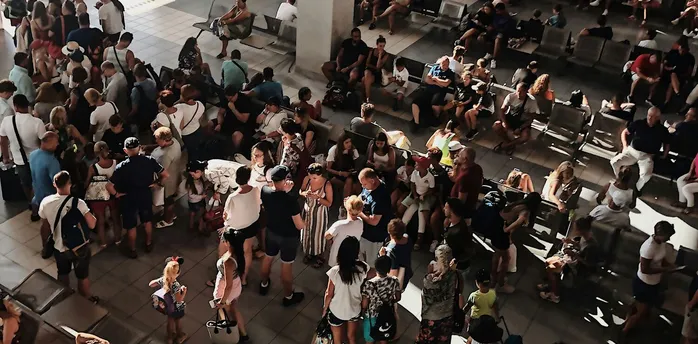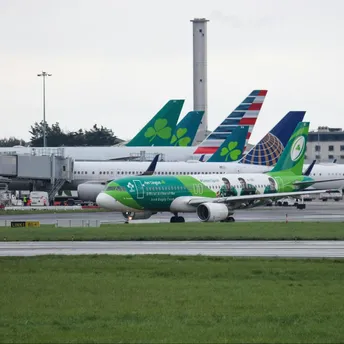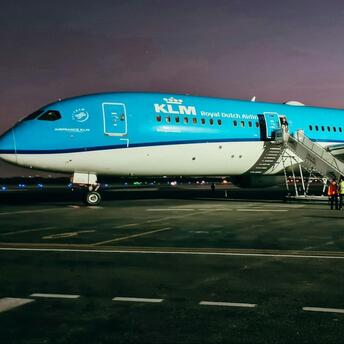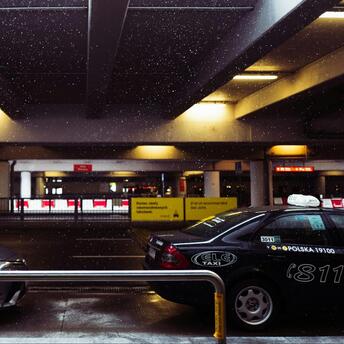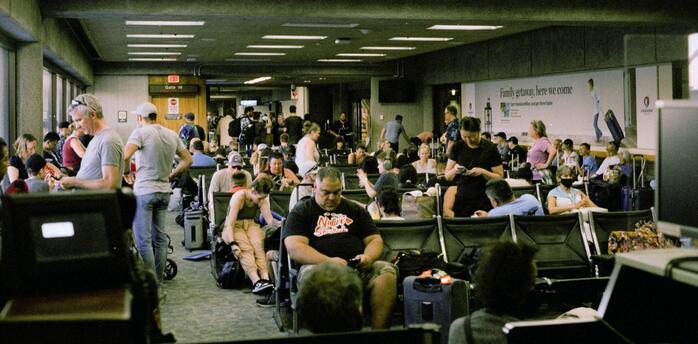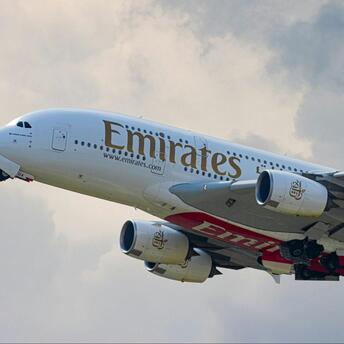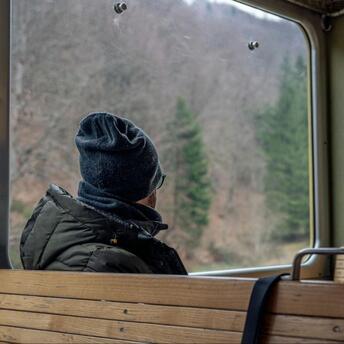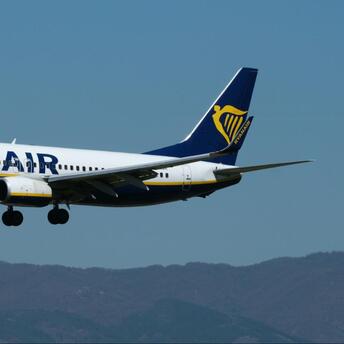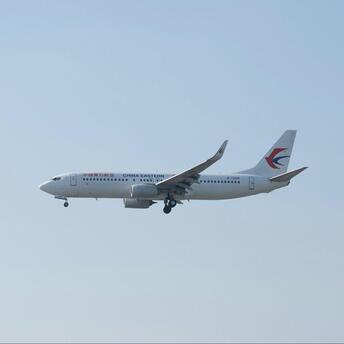The mysterious story of the Ulas family from Turkey, whose members walk on all fours
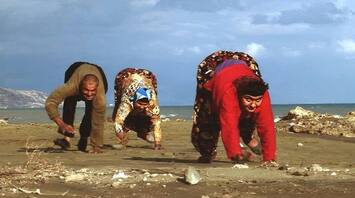
In a remote region of Turkey, nestled among fog-covered mountains, resides a family that has captured the attention of scientists worldwide. Their peculiar behavior raises questions about the nature of human evolution and piques the curiosity of travelers from around the globe.
The global fascination with the enigmatic behavior of the Ulas family began following the release of the documentary "The Family that Walks on All Fours" by Air Force in 2006, as reported by Newsbytesapp. The footage depicted their movement resembling a "bear crawl."
When did this unique characteristic emerge
Five siblings, consisting of four girls and one boy, were born with this distinctive trait. This phenomenon prompts speculation about the transition from walking on all fours to walking upright on two legs. The addition of a sixth family member displaying the same trait only adds to the mystery surrounding this phenomenon.
Bewilderment in the scientific community
Professor Humphrey, a distinguished academic from the London School of Economics (LSE), expressed the astonishment of the scientific community. He acknowledged that the notion of a potential regression of humanity to an animal-like state surprises even the most imaginative scientists. The professor underscored that our ability to stand erect is a crucial aspect that sets us apart from other living beings, profoundly influencing our self-perception within the animal kingdom.
An evolutionary conundrum
Apart from our unique development of language and cognitive abilities, our fundamental trait of bipedalism distinguishes us from other creatures in the animal kingdom. The peculiar behavior of the Ulas family challenges this distinction, prompting scientists to reassess the intricate evolutionary narrative of our past.
Their skeletons strikingly resembled those of apes
Scientists from the University of Liverpool have conducted an in-depth study of the family's anatomical features, providing a more detailed understanding of their surprising condition. The skeletons of the family members bear a remarkable resemblance to those of monkeys, prompting questions about the genetic basis and developmental factors influencing their unique locomotion. Additionally, shriveled brains were observed in the family members, further complicating the mystery.
Intervention by a physiotherapist
Despite the family's unique gait, modern medical advances have provided a ray of hope. A physiotherapist, utilizing specialized tools, undertook the task of assisting the family members in transitioning from walking on all fours to a more typical two-legged gait. Impressively, these efforts resulted in a significant improvement in their mobility, highlighting the remarkable adaptability of the human body.


